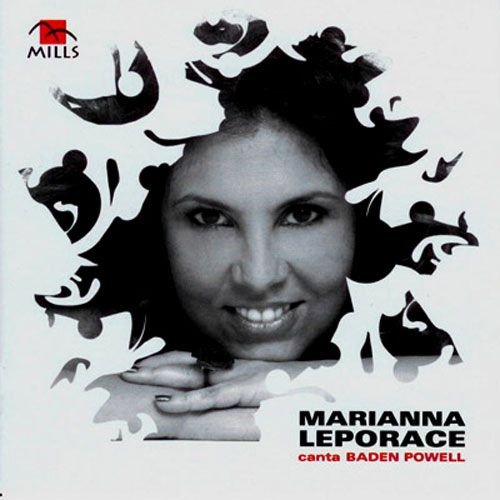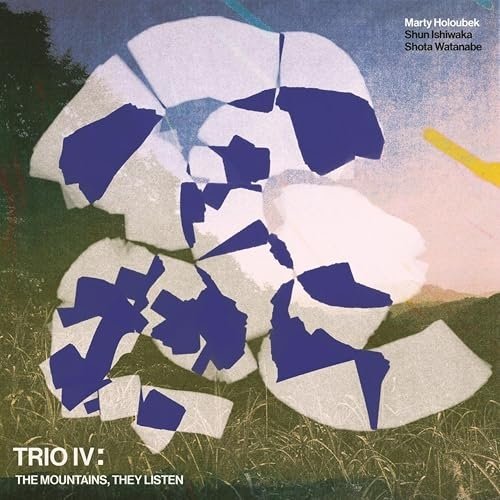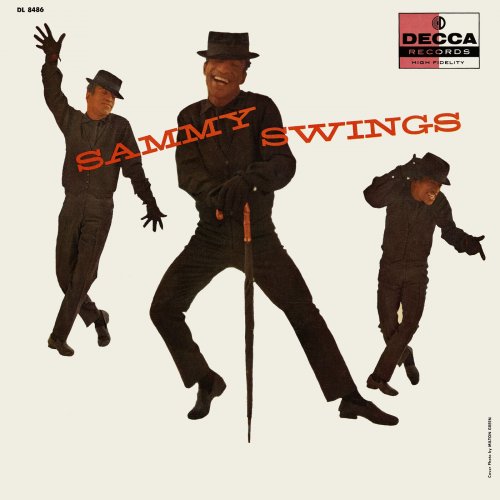The Hilliard Ensemble - Tallis, Tye, Sheppard: Audivi Vocem (2008)
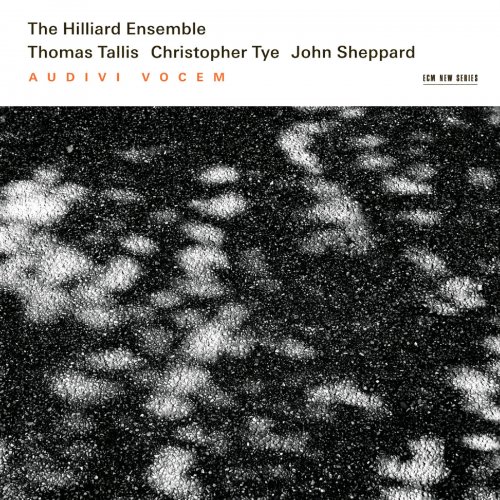
Artist: The Hilliard Ensemble
Title: Tallis, Tye, Sheppard: Audivi Vocem
Year Of Release: 2008
Label: ECM New Series
Genre: Classical
Quality: FLAC (tracks)
Total Time: 01:11:06
Total Size: 314 Mb
WebSite: Album Preview
Tracklist: Title: Tallis, Tye, Sheppard: Audivi Vocem
Year Of Release: 2008
Label: ECM New Series
Genre: Classical
Quality: FLAC (tracks)
Total Time: 01:11:06
Total Size: 314 Mb
WebSite: Album Preview
1. Thomas Tallis – In Ieiunio Et Fletu 4:25
2. Thomas Tallis – Te Lucis Ante Terminum 2:19
3. Thomas Tallis – Audivi Vocem 3:59
4. Christopher Tye – Omnes Gentes 5:04
5. Christopher Tye – Gloria (From Missa Sine Nomine) 7:09
6. John Sheppard – Gaudete Celicole Omnes 5:55
7. John Sheppard – Beati Omnes 6:39
8. Christopher Tye – Credo (From Missa Sine Nomine) 6:39
9. Thomas Tallis – Salvator Mundi 2:30
10. John Sheppard – Laudate Pueri Dominum 6:11
11. Christopher Tye – Sanctus (From Missa Sine Nomine) 5:56
12. John Sheppard – Eterne Rex, Altissime 4:05
13. Christopher Tye – Agnus Dei (From Missa Sine Nomine) 5:13
14. Christopher Tye – In Pace, In Idipsum 5:02
Performers:
The Hilliard Ensemble
David James Countertenor
Rogers Covey-Crump Tenor
Steven Harrold Tenor
Gordon Jones Baritone
Robert Macdonald Bass
How did the ancient monophony of Gregorian Chant evolve into the Renaissance polyphony of the 16th Century English Church? A bit of background is helpful. Musically speaking, monophony is the simplest of aural expression which consists of a melody without accompanying harmony. Music where all the notes sung are in unison is termed monophonic. The earliest monophony had its roots in the 6th Century in the form of the plainsong or plainchant.
The Gregorian chant is a variety of plainchant originally named for Pope Gregory I. While bearing his name, Gregory did not invent the chant as its use predated his pontificate. Gregory did codify and standardize the use of plainchant throughout Western Christendom, promoting its use in the Roman liturgy. The Catholic Church tacitly required that all music composed for the liturgy to be monophonic, and thus it was until the advent of the English Reformation.
While Henry VIII broke ties with Rome, he remained Catholic in his liturgical preference. Henry's successor, Edward VI, introduced a puritanical Protestant regime having a substantial effect on church music. In a swing of the religious pendulum, Queen Mary restored Catholicism. Only when Elizabeth took the throne in 1558 did a moderately Protestant compromise was reached. Composers at the time thus had to constantly adapt to the liturgical changes, much like trying to hit a moving target.
Thomas Tallis (c. 1505—1585), Christopher Tye (c. 1505—c. 1575) and John Sheppard (c. 1515—1558) were actively composing during this violent era and represented the transition from monophony to polyphony. All used both monophony and polyphony liberally in their compositions. An excellent juxtaposition is illustrated in Sheppard's "Eterne rex" and "Laudate pueri Dominum" where the composer modulates between mono- and polyphony. Sheppard can easily be heard as a backdrop for the dissolution of the monasteries that took place between 1536 and 1541.
Christopher Tye's Parts of the Mass (Gloria, Sanctus, Agnus Dei, and Credo represents a transition in harmonic complexity between Sheppard and, ultimately, Tallis. Tye's musical vision effects quiet majesty of a country church in spring. Thomas Tallis, well, he is something else altogether.
Tallis can be considered the pinnacle of British Renaissance choral music. He wrote for any number of voices and any number of parts as evidenced by his 40-part motet Spem in Alium. His choral music was tidily composed with all of the necessary drama and praise. When listening to these Tallis pieces, one has to believe that these were sounds from Tallis' lips to God's ears.
The Hilliard Ensemble achieves the difficult task of an attractive repertoire balance with an interesting historical program. These composers represent the hinge in Western choral Music where everything was changing. The Hilliard's have no peer in the repertoire nor are likely to gain any. For those listeners who have listened to and are tired of Chant, this is the collection for you.
The Gregorian chant is a variety of plainchant originally named for Pope Gregory I. While bearing his name, Gregory did not invent the chant as its use predated his pontificate. Gregory did codify and standardize the use of plainchant throughout Western Christendom, promoting its use in the Roman liturgy. The Catholic Church tacitly required that all music composed for the liturgy to be monophonic, and thus it was until the advent of the English Reformation.
While Henry VIII broke ties with Rome, he remained Catholic in his liturgical preference. Henry's successor, Edward VI, introduced a puritanical Protestant regime having a substantial effect on church music. In a swing of the religious pendulum, Queen Mary restored Catholicism. Only when Elizabeth took the throne in 1558 did a moderately Protestant compromise was reached. Composers at the time thus had to constantly adapt to the liturgical changes, much like trying to hit a moving target.
Thomas Tallis (c. 1505—1585), Christopher Tye (c. 1505—c. 1575) and John Sheppard (c. 1515—1558) were actively composing during this violent era and represented the transition from monophony to polyphony. All used both monophony and polyphony liberally in their compositions. An excellent juxtaposition is illustrated in Sheppard's "Eterne rex" and "Laudate pueri Dominum" where the composer modulates between mono- and polyphony. Sheppard can easily be heard as a backdrop for the dissolution of the monasteries that took place between 1536 and 1541.
Christopher Tye's Parts of the Mass (Gloria, Sanctus, Agnus Dei, and Credo represents a transition in harmonic complexity between Sheppard and, ultimately, Tallis. Tye's musical vision effects quiet majesty of a country church in spring. Thomas Tallis, well, he is something else altogether.
Tallis can be considered the pinnacle of British Renaissance choral music. He wrote for any number of voices and any number of parts as evidenced by his 40-part motet Spem in Alium. His choral music was tidily composed with all of the necessary drama and praise. When listening to these Tallis pieces, one has to believe that these were sounds from Tallis' lips to God's ears.
The Hilliard Ensemble achieves the difficult task of an attractive repertoire balance with an interesting historical program. These composers represent the hinge in Western choral Music where everything was changing. The Hilliard's have no peer in the repertoire nor are likely to gain any. For those listeners who have listened to and are tired of Chant, this is the collection for you.
DOWNLOAD FROM ISRA.CLOUD
The Hilliard Ensemble Tallis Tye Sheppard Audivi Vocem 08 2701.rar - 314.2 MB
The Hilliard Ensemble Tallis Tye Sheppard Audivi Vocem 08 2701.rar - 314.2 MB
![John Abercrombie, Dave Holland & Jack DeJohnette - Gateway (1975/2025) [Hi-Res] John Abercrombie, Dave Holland & Jack DeJohnette - Gateway (1975/2025) [Hi-Res]](https://www.dibpic.com/uploads/posts/2025-12/1765471735_cover.jpg)
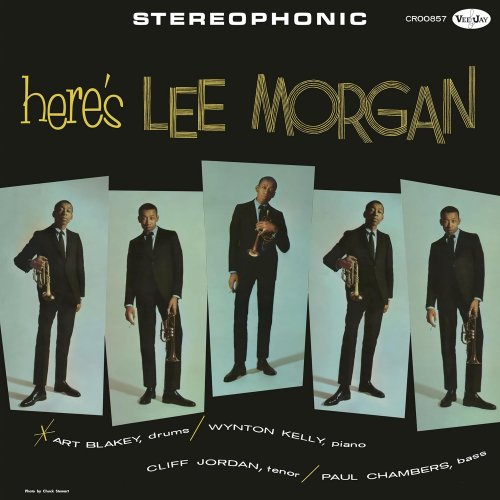
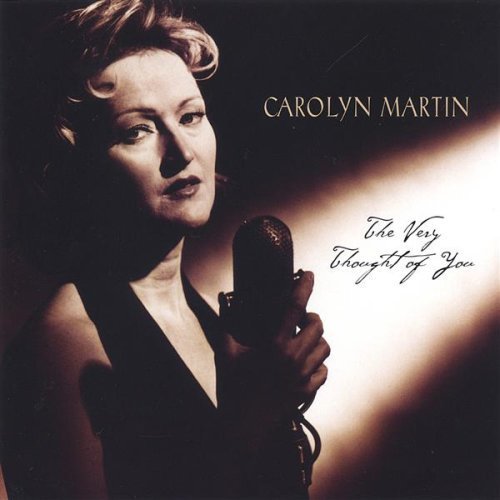
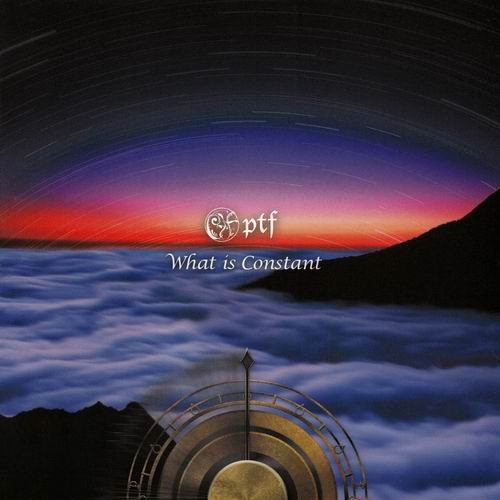
![Barend Tromp - Odd Time Concepts (2025) [Hi-Res] Barend Tromp - Odd Time Concepts (2025) [Hi-Res]](https://img.israbox.com/img/2025-12/10/xy47w1oe3bmesv2v1qwp5i0ce.jpg)
